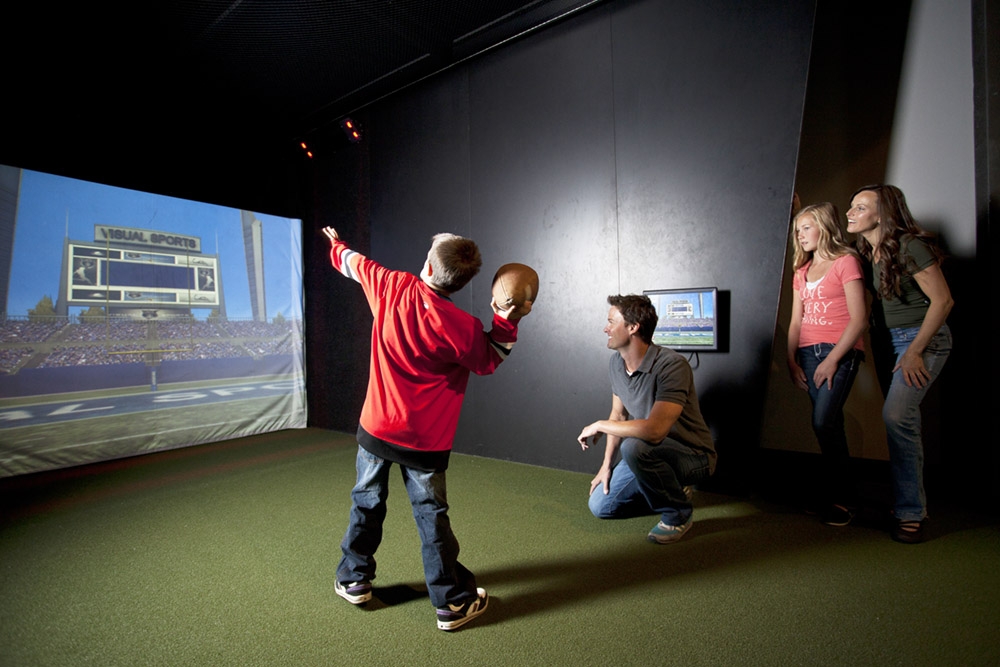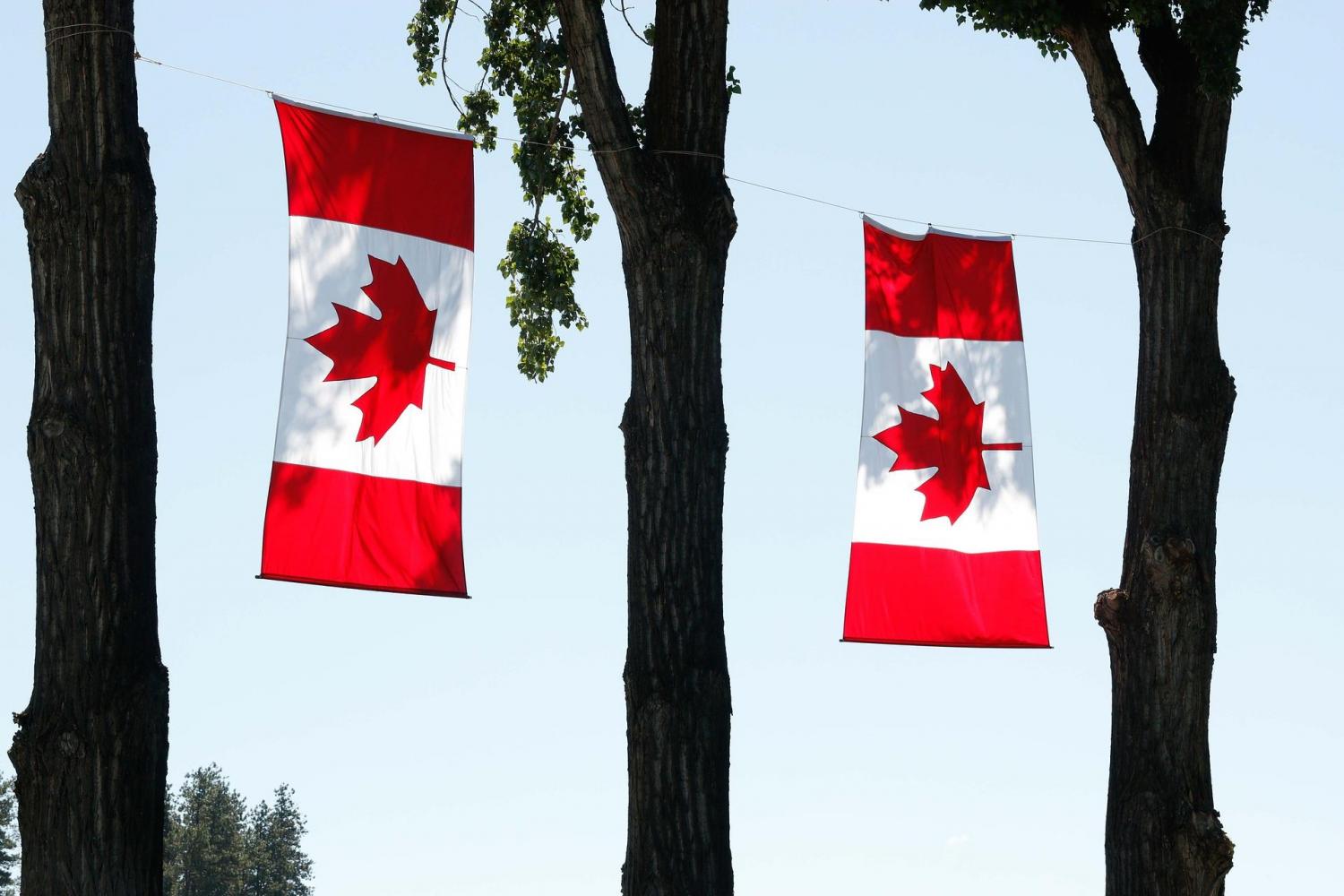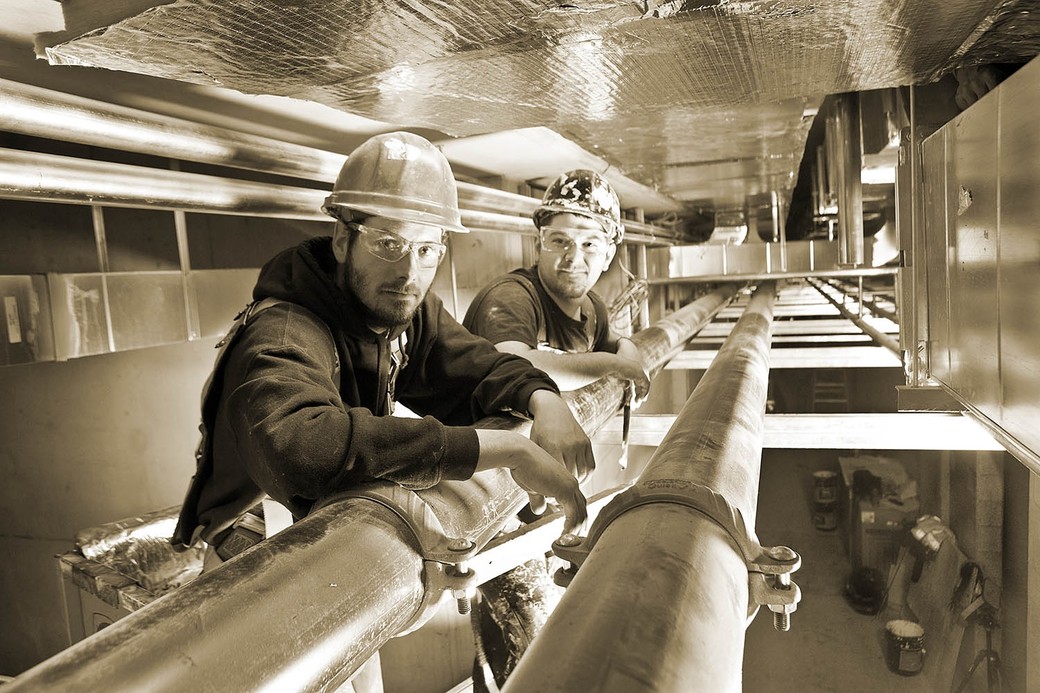
Canada’s Sports Hall of Fame: Why Does it Matter?
You don’t need to be a sports fan to appreciate Canada’s Sports Hall of Fame in Calgary. In fact, in some ways, the less you focus on the statistics and sports trivia, the more you will take away. Take in the spirit of achieving goals, overcoming obstacles and let yourself be inspired by excellence.
That said, without a doubt, sports fanatics will get a good hit too. With 12 galleries representing 58 sports, and more than 50 interactive visitor experiences, including an 11-minute feature film highlighting great sport moments, there is plenty to appeal to the sports addicts!
There is so much in a visit to the 40,000 square foot museum, dedicated to preserving and celebrating Canada’s impressive and inspiring sport history. Canada’s Sports Hall of Fame opened its current location in 2011. It aims to teach Canadians values that can be learned in life and in sport. These values, when taken off the field, can move you through endless opportunity.
“You have a unique group of Canadians who have gone beyond doing really well in their sport or well for where they grew up,” says Mario Siciliano, president and CEO of Canada’s Sports Hall of Fame. “They have actually impacted the country on a grand scale.”
He added, “this is much more than a way to honour these great heroes. It has a more fundamental purpose of building the country.”
Across Canada, there are many museums and displays dedicated to sports paraphernalia, Olympic history and hockey statistics. Canada’s Sports Hall of Fame has all of this but Siciliano says he hopes Canada’s Sports Hall of Fame will enlighten visitors on the importance of never giving up.
As in any discipline, there are always setbacks and obstacles. Sports and athleticism are no different and he hopes Canada’s Sports Hall of Fame encourages people to persevere and never give up. He hopes through the athletes’ stories, Canadians find the values learned through sport and from the lives of inductees in the hall of fame: stories that include failure and success.
“There is so much that can be learned from what these people did and how they did it,” says Siciliano. “We can apply it to everyday life to make us better people, better parents, a better country.”
There is something for everyone. Canada’s Sports Hall of Fame created seven programs tied to school curriculum to showcase core life values, such as teamwork and overcoming obstacles, and teach how they were exhibited in an athlete’s journey. Siciliano wants to be clear the programs are not structured to teach about statistics and medals. It’s all about life.
“This is less about sport and more about the human journey and how these particular individuals, through the context of sport, can really inspire others to see what their future holds,” says Siciliano.
“Once people come in the space—we see it all the time—the feedback we get is that the students, teachers and tourists have been fundamentally moved,” says Siciliano. “And that is so powerful. People generally think Canada’s Sports Hall of Fame will be fun and interesting, but they don’t come here to be changed in any way.”
He said it is amazing to see that unexpected reaction to Canada’s Sports Hall of Fame. “It is more important that the children walk away with a greater motivation to do what they want to do in life and succeed than it is that they remember the year someone won a certain medal,” says Siciliano.
Canada’s Sports Hall of Fame works hard to inspire Canadians to be the best they can be in all aspects of life. “We want people to see value in that.”








